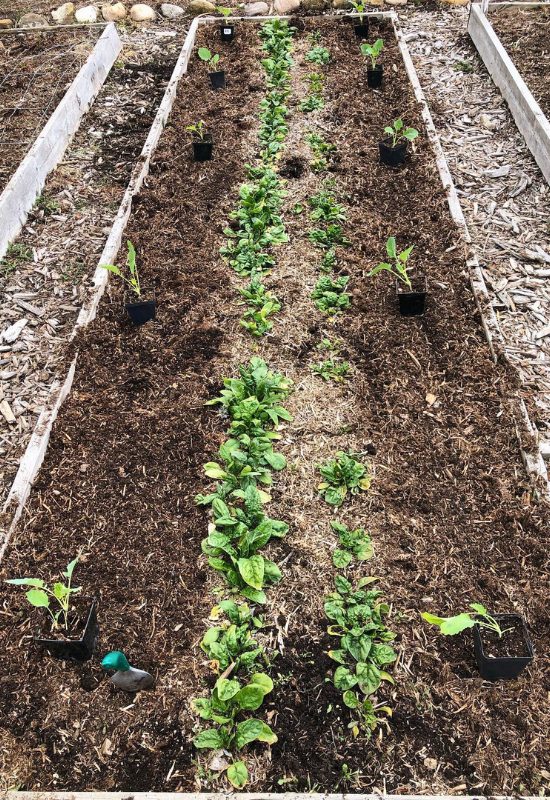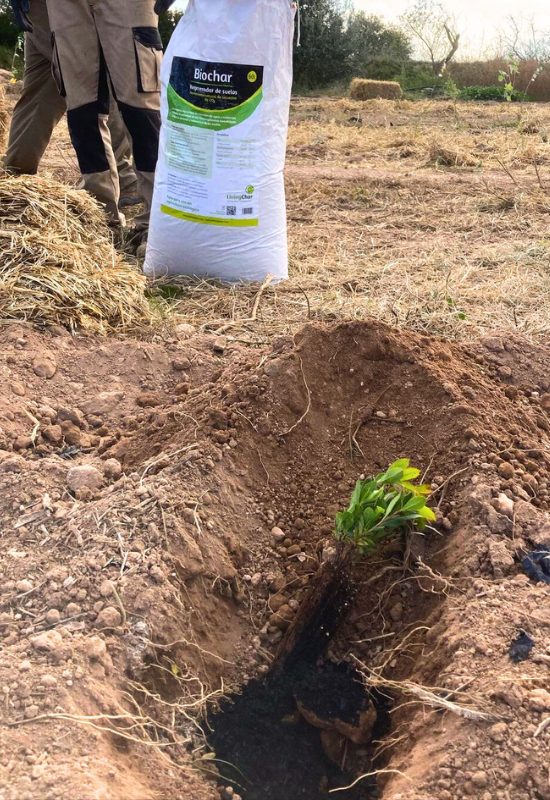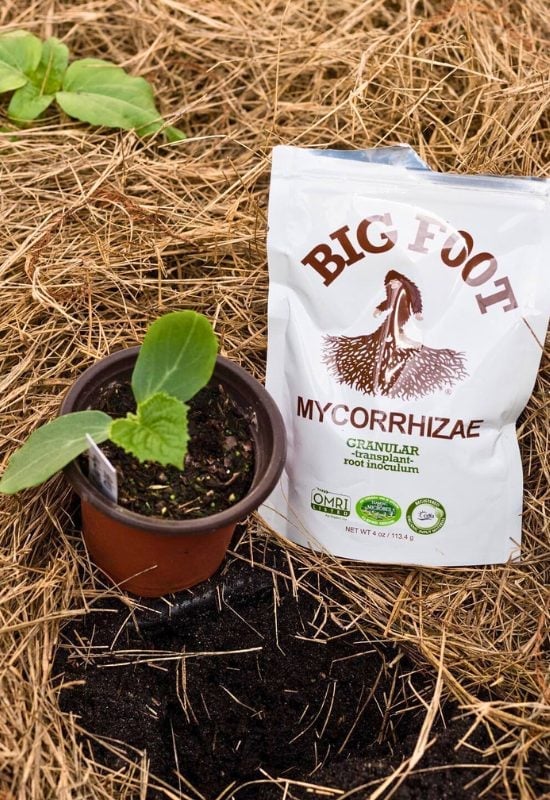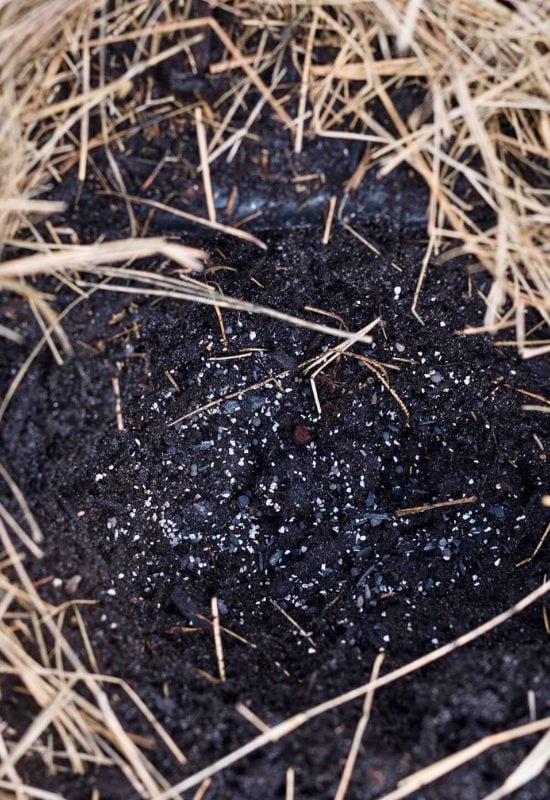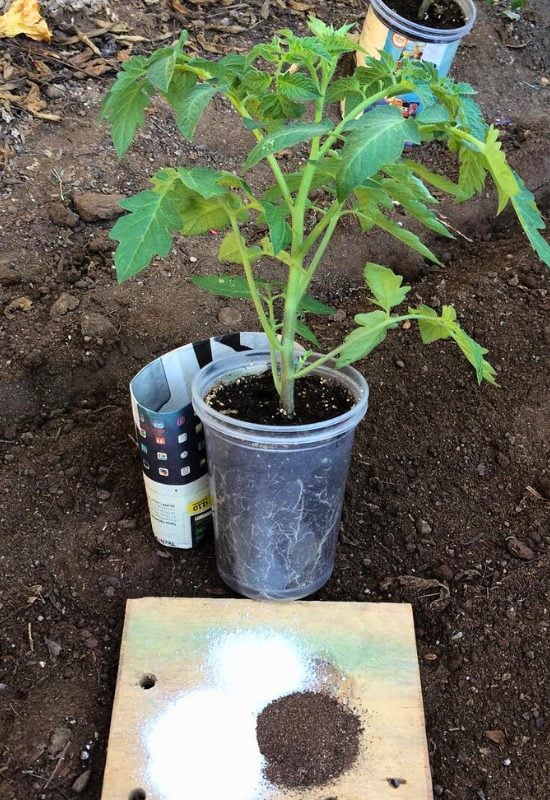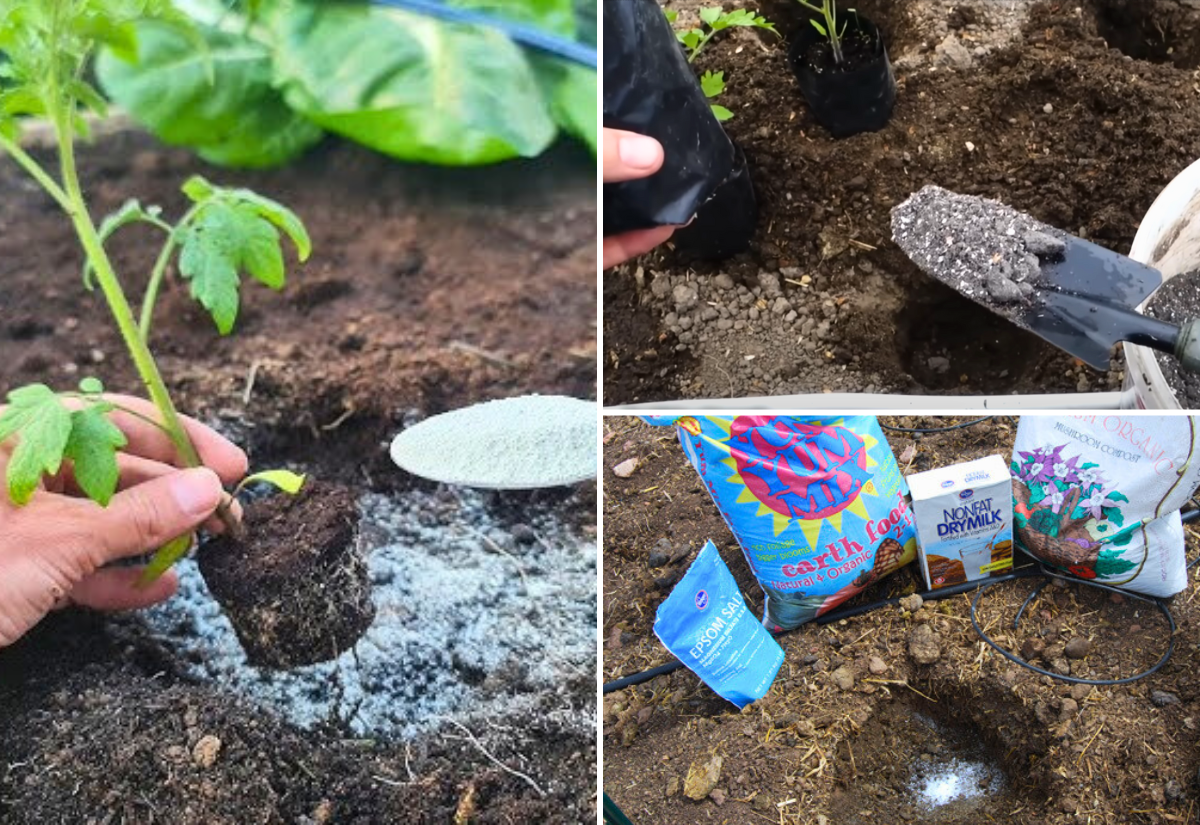
You have your seedlings, and it’s planting time for your vegetables; you prepared your beds and now it’s time to dig the holes that will host them. And if you add some of these ten amendments, you will also nourish them even further, especially if your soil is not super fertile… With some cheap products, your young plants will give you a big, nutrient packed and healthy harvest to put on your table.
Don’t miss out on this chance; as soon as you dig the holes, throw in a handful, or in some cases even a spoonful, of super nutritious soil amendments and your seedling will have the best possible start in life, just when they need it, when they are weak and vulnerable. These natural fertilizers will also feed your plants for a long time, as they are slow release all the way to when your crops are ready for picking!
So, if you want to see your seedlings grow fast and healthy, with all the promise of a massive harvest when the time comes.
What Are the Benefits of Soil Amendments in Your Seedlings’ Holes?
It’s self-intuitive that giving your seedlings extra fertilization in the soil will end up as nutrients like carbohydrates, vitamins and proteins in your meals, but let’s see all the advantages in detail.
- It gives them ready to absorb food early in their lives.
- It diminishes transplant shock.
- It makes the soil more retentive of moisture and water.
- It gives seedlings the strength to fight off diseases and pests.
- It corrects the soil pH.
- It provides slow-releasefertilizing later on when the seedlings grow.
- It can also correct leggy seedling (etiolation).
But first, a few tips to transplant your seedlings, so they reach their new “home” strong and healthy.
How to Prepare Your Seedlings for Transplanting
Transplanting seedlings is always a shocking experience for them; it’s a new environment, new soil, and they will suffer a bit. For this reason, I have a few tips for you.
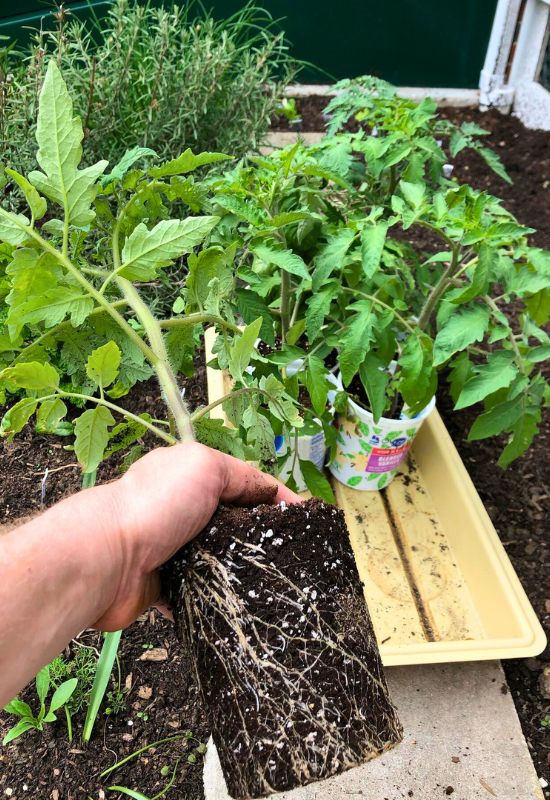
- Wait till the seedling looks well established, with a strong stem, like a small adult.
- Each seedling should have at least 3 to 5 real leaves.
- Water the seedlings the night before planting them.
- Move the seedlings outside a few days before planting them. Choose a mild place, with a steady temperature and in part shade.
- Choose the day to transplant your seedlings, and avoid strong winds, hot days, cold days, and also very rainy days.
- Transplant your seedlings in the evening.
- Transplant your seedlings within 7 days of the full Moon, when it is waning.
And now, let’s start with the amendments you can add to their holes, and you can pick and choose from them, according to your needs.
Charcoal
Charcoal is extremely rich in minerals! And many of the rare ones too, like dolomite. It also contains lots of iron, necessary for your seedlings’ health. It will also give them sulfates, some gypsum and calcite, which work as soil pH correctors.
Finally, it disinfects the soil from pathogens, especially if you use activated charcoal.
It works for all soils, and it is extraordinary in clay and lime based ones.
How to Add Charcoal to Your Seedlings’ Holes
- You only need about one tablespoon of charcoal in each hole.
- Mix it in with soil or other organic matter, including the other amendments on this list; you want it to spread evenly, not all in one spot.
Worm Castings
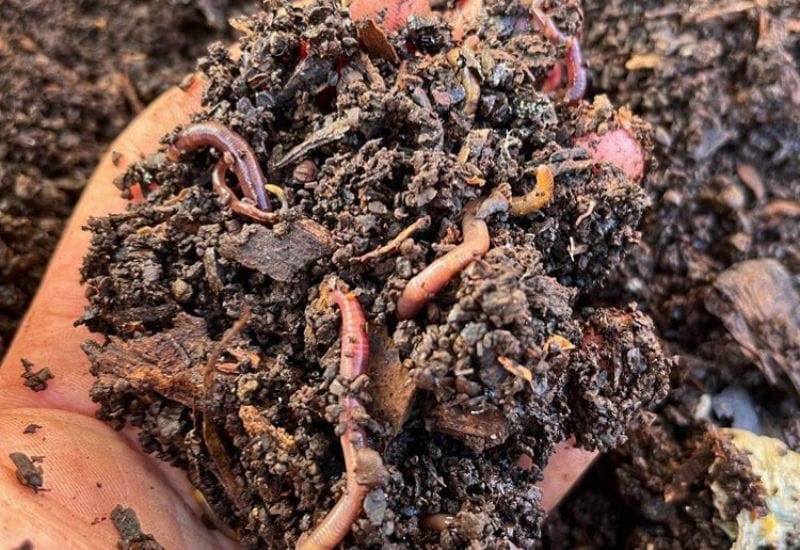
Worm castings are one of the best fertilizers in the world, as we all know, with lots of micronutrients like iron, sulfur, magnesium, zinc, copper and calcium, and also macronutrients, i.e. nitrogen, phosphorus and potassium with an NPK ranging from 1-0-0 to 5-5-3 (depending on what they have eaten).
They are ideal for all crops, really, from leafy vegetables to potatoes or peppers, so, go freely…
How to Add Worm Castings to Your Seedlings’ Holes
- You need about a spoonful or handful of worm castings per hole, but a bit more won’t harm.
- Mix them in with soil or other organic matter, like the other amendments on our list.
Bone Meal
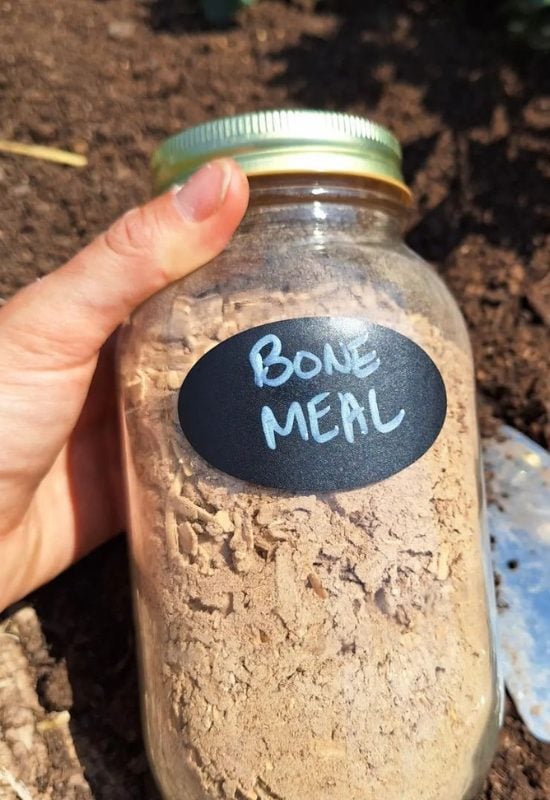
Bone meal is a mix of powdered bones collected from slaughterhouses, so it is not vegan, and you can also make your own. However, it is quite a powerful fertilizer with lots of calcium, phosphorus and trace nutrients, and it can give you really big crops.
It’s NPK is usually 3-15-0 but it varies between 1-13-0 and 3-22-0, so it is ideal for fruit vegetables like peppers, eggplants, zucchini and tomatoes, because phosphorus promotes flowering and seeding. But you can also use it in small quantities for leafy ones.
One thing though, bone meal nutrients only become available if the soil pH is under 7.0; it does not work in alkaline environments. In case you still want to use it, correct the acidity with a teaspoon of sulfur mixed in.
How to Add Bone Meal to Your Seedlings’ Holes
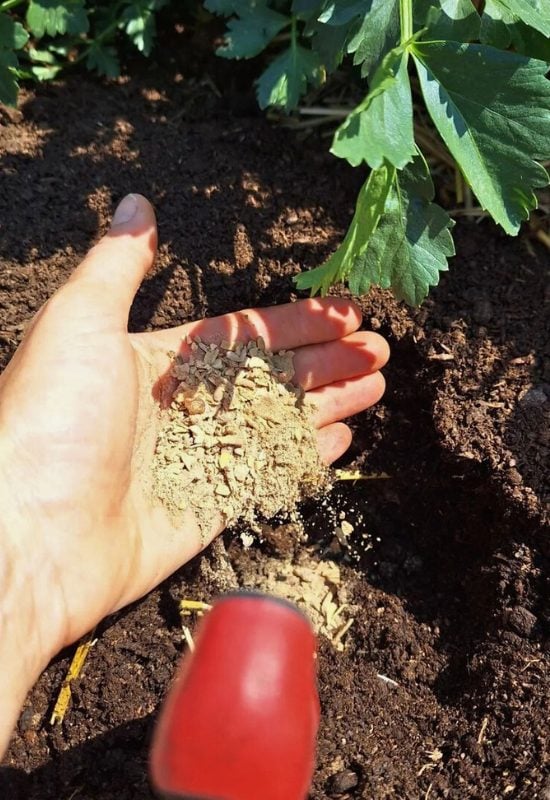
- You only need one tablespoon of bone meal for each seedling, even less for small ones.
- Mix it in with soil or other organic matter, including other amendments.
Blood Meal
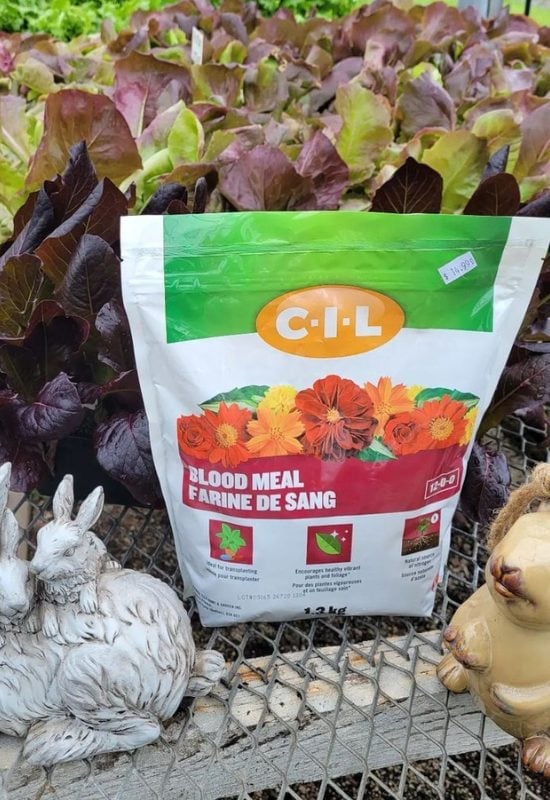
As the name suggests, blood meal is not vegan either, but it can give you extraordinary results, especially with leafy vegetables. Made from the dried and pulverized blood of animals, it is also used as food for them, because it is rich in proteins, but also in nitrogen, so, ideal for leaf and stem growth.
In fact, its NPK is 13.25-1.0-0.6 (say 13-1-0) on average (with variations, of course), and it also lowers your soil pH.
How to Add Blood Meal to Your Seedlings’ Holes
- Use one tablespoon of blood meal in each hole.
- Mix it in with soil or other organic matter, like the other amendments.
Biochar
Biochar is charcoal that’s been depleted of carbon dioxide, and it is actually a better amendment for the soil of your seedlings for some reasons. It is more porous, and it releases nutrients more slowly, because it is more tolerant to high temperatures and it also helps the land retain them. What’s more, it is activated by the soil itself. This makes it ideal for slower crops, like tomatoes, potatoes, eggplants, artichokes, onions etc.
It also increases your soil’s water retention and its pH and it improves its texture. It contains carbon, nitrogen, and potassium, calcium, sodium and magnesium.
How to Add Biochar to Your Seedlings’ Holes
- Use one tablespoon of biochar per hole.
- Mix it in evenly with soil or other organic matter.
Mycorrhizae
And now we come to the biggest secret of them all, mycorrhizae! These are tiny fungi that live underground and they literally attach to your plants’ roots, extending them up to 7 times, and literally providing food to them. They should actually be inoculated (as spores) in every garden, but you can start with your seedlings’ holes.
Studies show that mycorrhizae increase crops by 40%. It is best to “plant” the spores beforehand, but you are at the stage of digging holes for your seedlings, do it now, and they will help them later on, in 1 to 2 months, because it takes them time to grow. So, they are ideal for slower crops if used when transplanting.
How to Add Mycorrhizae to Seedlings’ Holes
· Technically you need only 100 spores per hole! But they are invisible, so, if you use spores, dilute a teaspoon in 1 liter of water and add it when you plant each seedling. They are also available in granules (easier to spread); in case, follow the instructions, it is usually a few grams per square meter.
- Keep the soil moist and undisturbed after you have planted your seedlings.
Epsom Salts
Epsom salts are technically called magnesium sulfate, which, of course, contains magnesium and sulfur. These are not macronutrients, but they are essential micronutrients for flowering and fruiting!
So, this “white powdery stuff”, cheap and readily available, is great for fruit crops, like tomatoes, strawberries, peppers, cucumbers etc., but also for decorative flowering pants, especially roses.
How to Add Epsom Salts to Your Seedlings’ Holes
- Mix a handful or tablespoon of Epsom salts to soil or compost, as evenly as you can, before planting and add it when you transplant the seedlings.
Compost

We all know that compost is a perfect all round slow-release fertilizer for all plants, with an excellent balance of nutrients and also great for soil improvement, in both texture and water retention. But you can also use it when you plant your seedlings in holes.
The thing is that you need to do it properly.
How to Add Compost to Your Seedlings Holes
- Only add fully mature compost into the holes of your seedlings. If it is still unripe, moist and not fully done, put it on top! It needs air to finish the process. If you don’t, you risk mold…
- You can mix the compost with soil in the holes, or before you add it, for better drainage.
Leaf Mold
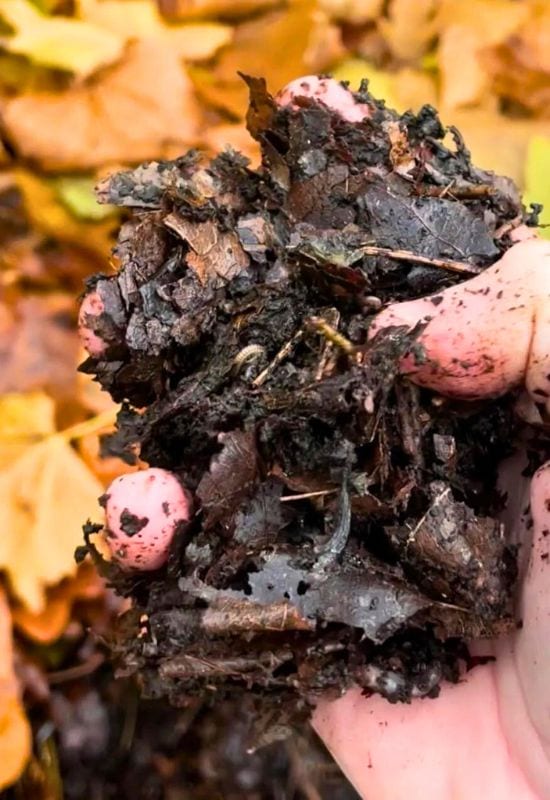
Leaf mold is a great soil amendment, and it is also used to make JADAM fertilizers. It is a mix of newly formed humus, decomposed organic matter and hyphae (the “roots” of fungi) that are born in these and are decomposing them.
You can make it from fallen leaves, buy it, or find it, which is the fastest and simplest matter. Just go deep in the woods, find a big tree, look at the base, under the first coat of leaves, and you will find a mix of dark soil, still some rotting parts of the foliage, and white filaments. That’s what you need to harvest.
And, later on you will also harvest big, healthy and nutritious vegetables, of any type, because it activates and supports the formation of humus and release of nutrients to the roots. It also improves soil’s texture and it is great against dry spells, because it can hold 500 times its weight in water!
How to Add Leaf Mold to Your Seedlings’ Holes
- Use a handful of leaf mold for each hole.
- Fill 2/3 of the hole, and mix the leaf mold to the top soil, with other organic matter like compost. It cannot go too deep; it too needs air.
Now, Make Your Own Recipe! Now you know what these amendments are good for, and how to use them, you can pick just one, or a few, according to what vegetables you are growing, what soil you have, and also what you can find more easily and cheaply!

Written By
Amber Noyes
Amber Noyes was born and raised in a suburban California town, San Mateo. She holds a master’s degree in horticulture from the University of California as well as a BS in Biology from the University of San Francisco. With experience working on an organic farm, water conservation research, farmers’ markets, and plant nursery, she understands what makes plants thrive and how we can better understand the connection between microclimate and plant health. When she’s not on the land, Amber loves informing people of new ideas/things related to gardening, especially organic gardening, houseplants, and growing plants in a small space.

